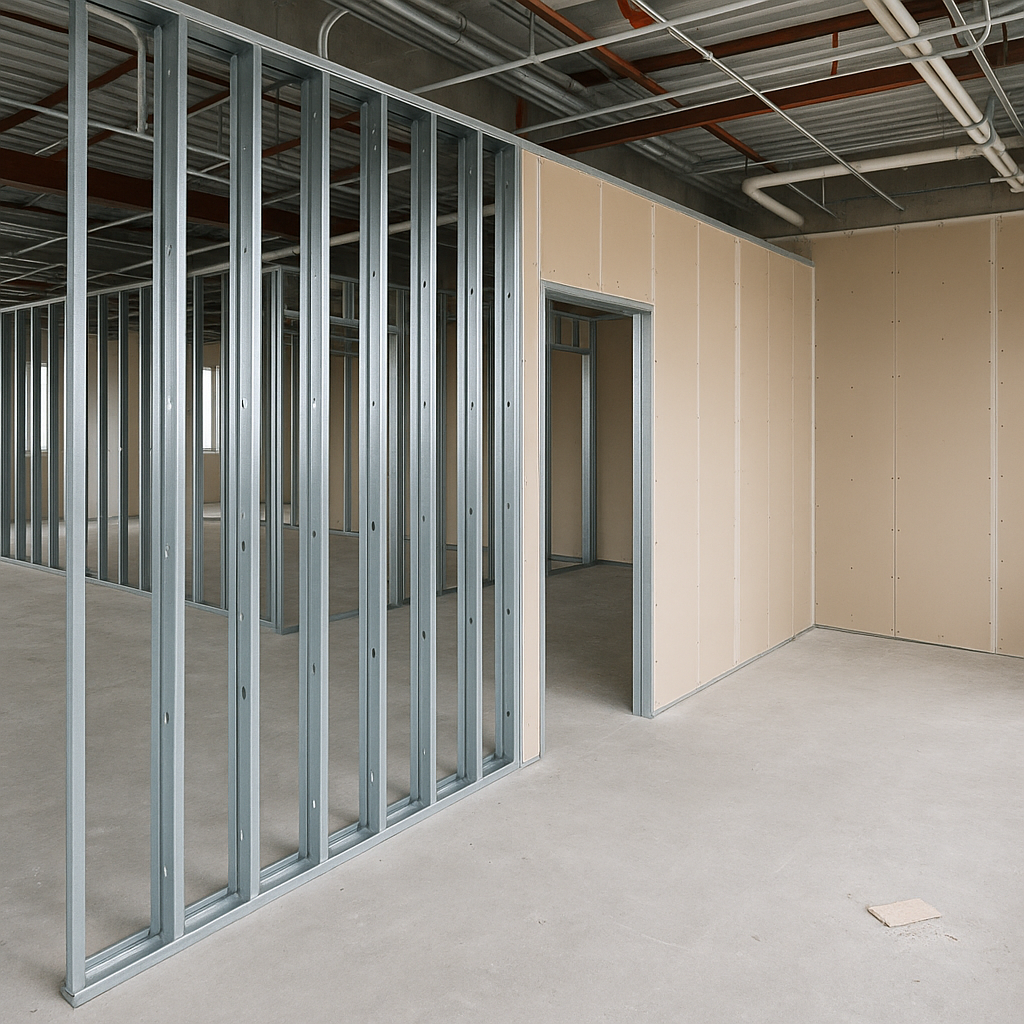
Access panels are often treated as minor line items in drywall estimating—but they shouldn’t be. These components affect layout, framing, fire ratings, acoustic performance, sequencing, and even project inspections. For Architects, Engineers, and General Contractors, overlooking their full cost implications can lead to scope gaps, field conflicts, and budget overruns. Estimating the true cost of access panels requires a detailed understanding of both direct and indirect impacts.
Unlike standard drywall features, access panels require multi-trade coordination and introduce discontinuity to otherwise uniform wall or ceiling surfaces. Their complexity stems from:
These characteristics make it risky to apply standard labor or material rates without customization based on context.
To estimate access panels accurately, consider these layered cost components:
Failing to account for these line items in your drywall estimate reduces profitability and increases rework risk.
Clarify your assumptions during bid submission to avoid misunderstandings or unpaid changes:
Modern estimation platforms like Active Estimating make this process more efficient by tagging panel types and labor categories during the takeoff process. These tags can be customized to align with the level of complexity or inspection requirement per panel.
Dedicated drywall estimating software offers structured workflows for access panel tracking. These systems allow you to flag each panel’s attributes—fire rating, location height, finish integration—and connect them directly to historical cost libraries. This ensures panel-related costs are scoped appropriately from bid through buyout.
Access panels might be small in size, but they carry oversized implications in drywall estimation. Whether the concern is compliance, labor complexity, or scope clarity, panel-related work deserves detailed attention. By using structured templates, verifying assumptions, and leveraging tools like Active Estimating, teams can deliver more accurate bids, reduce scope ambiguity, and preserve project margins—one panel at a time.
Contact Information:
Active Estimating
508 2nd Street, Suite 208
Davis
California
95616
Rich Schoener
richard@activeestimating.com
(877)
Schedule a personalized demo to see how Active Estimating can work for your specific needs.
